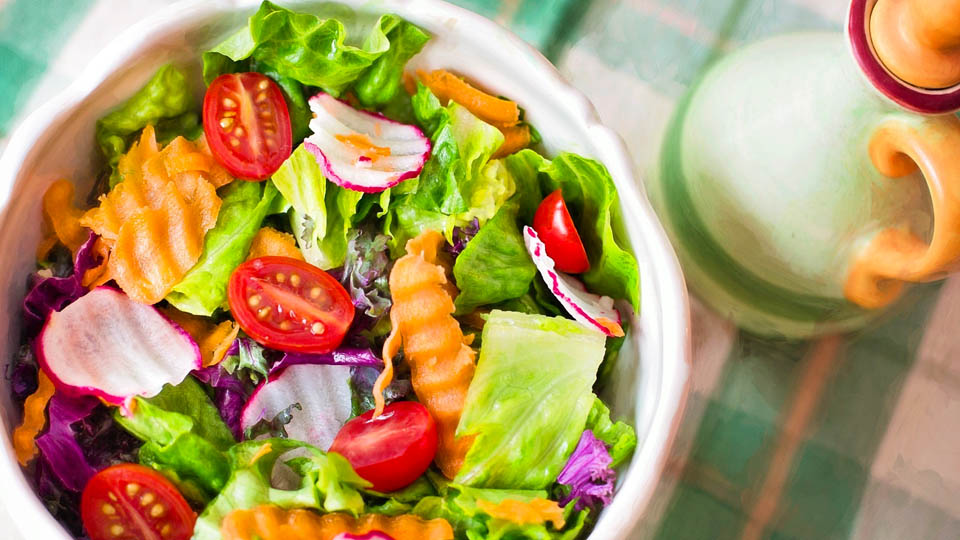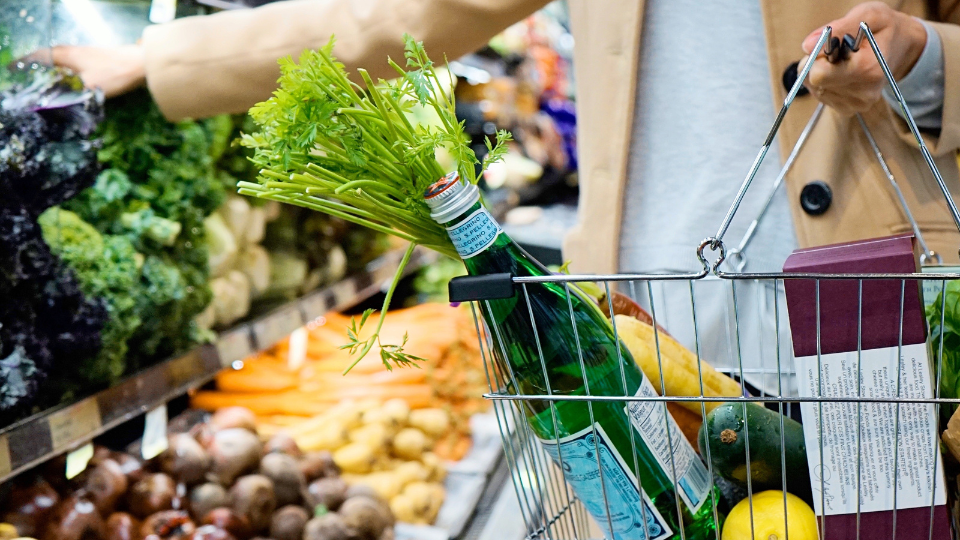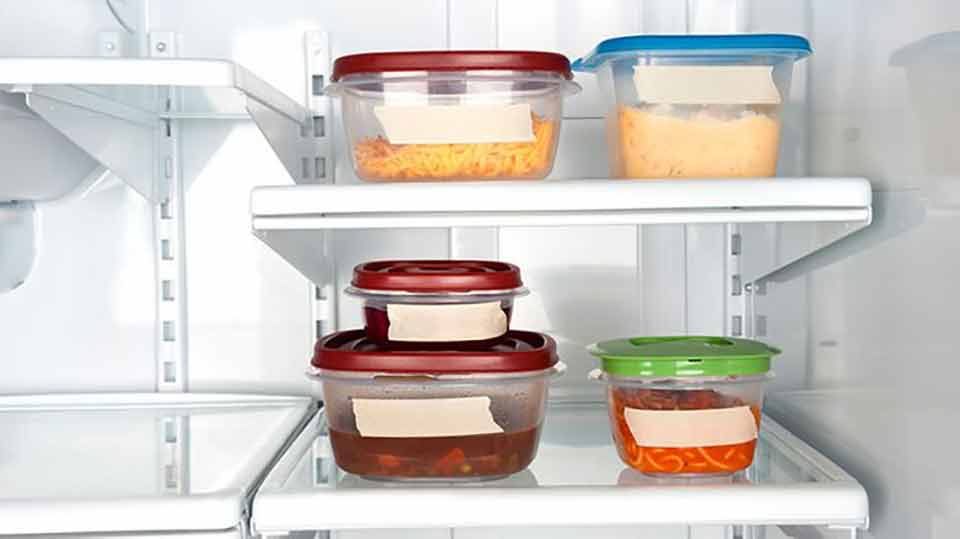Food Waste Prevention Part 7: “Wait! Don’t throw that away!” Composting and Creative Recipes

Avoiding food waste can be difficult when our schedules are packed. Learning the basic skills for preserving and cooking foods can help you save time, money, and decrease the amount of food wasted in your home.
Introduction
In the other articles in this series, we’ve gone over some of the best strategies to save you food and money. Making a meal plan, shopping with a grocery list, finding ways to use leftovers, and properly storing and rotating foods in your house are strategies that can help you save a lot of food and money in the long run. However, if you want to go further, this article will help you to use even more food in a productive way! Below we will discuss creative ways to use food scraps that you normally toss in the garbage.
Creative Recipes
Preventing food waste is something humans have done for millennia out of necessity or to save money or because using food wisely is an important part of their culture. This drive to prevent waste has resulted in many of our favorite foods, like bread pudding, fondue, and delicious chicken broth. Recently, chefs have been developing creative recipes for things we don’t usually think of as food, like banana peels! Try some of our favorites:
- Banana Peel Bread
- Lemon Carrot-top Pesto
- Roasted Squash Seeds
- Homemade Croutons
- Homemade Breadcrumbs
Re-growing Leafy Vegetables
Did you know that you can use the part of the vegetable you usually throw away to grow new vegetables? This method works to regrow vegetables that have stalks and leaves. Just follow these simple instructions to get your garden (or planter) started:
- Save an inch or two of the base of leafy green vegetables (like celery, lettuce, bok choy, and cabbage) or the top ½ inch of root vegetables (like carrots, turnips, radishes, and beets). Note that root vegetables will not regrow the roots, but will regrow the greens, which are also delicious (see our recipe for Lemon Carrot-top Pesto).
- Place the base or top in a shallow bowl of water. Change the water every day.
- When you see new leaves growing, you can move the plant to a planter of potting soil, covering everything except for the new growing leaves.
- Wait for the plants to grow up, then harvest and enjoy!
Composting 
Composting is a great way to properly dispose of food waste in your home because it is good for the environment and your garden! During the growing season, 30% or more of landfill waste is produce and other organic food items that people have thrown out. Composting these products at home eases landfill problems which helps the environment. They also create a nutrient-rich soil that is great for gardening. For more information on how to begin your own compost pile at home, visit https://extension.usu.edu/yardandgarden/soils/composting.
These are just a few ideas on how to use food scraps, save money, and reduce your food waste. You may be interested to continue to learn other ways to use kitchen scraps around the house, like DIY cleaning, beauty, and craft projects. For example, after you juice a lemon, what remains of the lemon halves can be used to scrub dirty dishes with a little baking soda or salt, exfoliate your elbows with a little sugar, or deodorize your garbage disposal. I hope we’ve inspired you to have fun in the kitchen and think of your food scraps differently!
Authors
Meghan Adair, Dietetics Student ; Carrie Durward, Ph.D., RD, Extension Nutrition Specialist
Related Nutrition Articles











